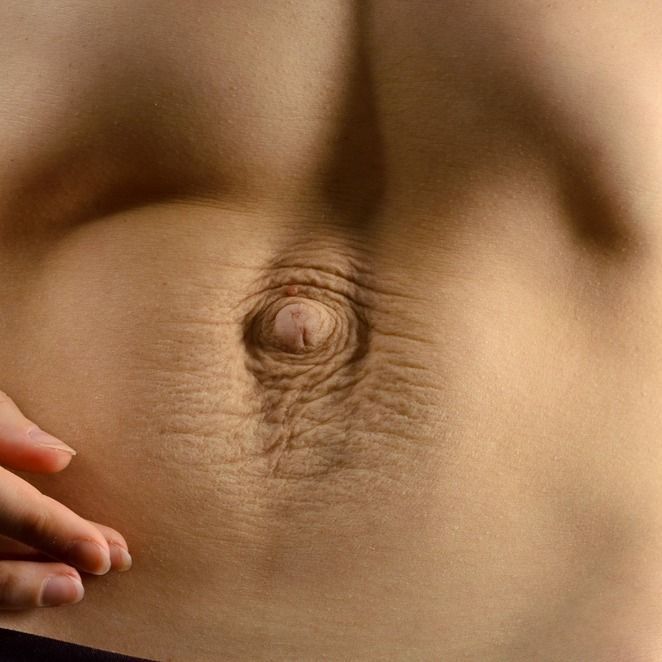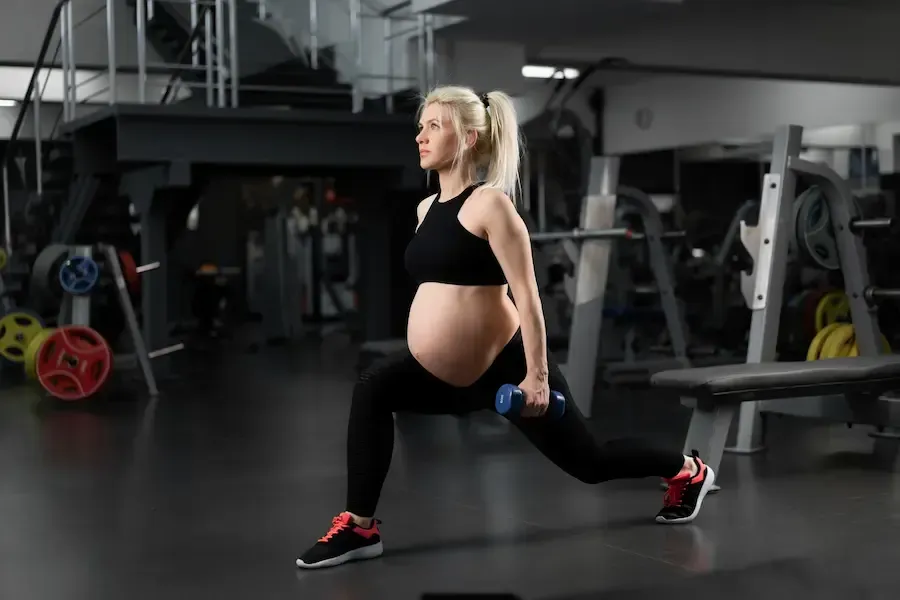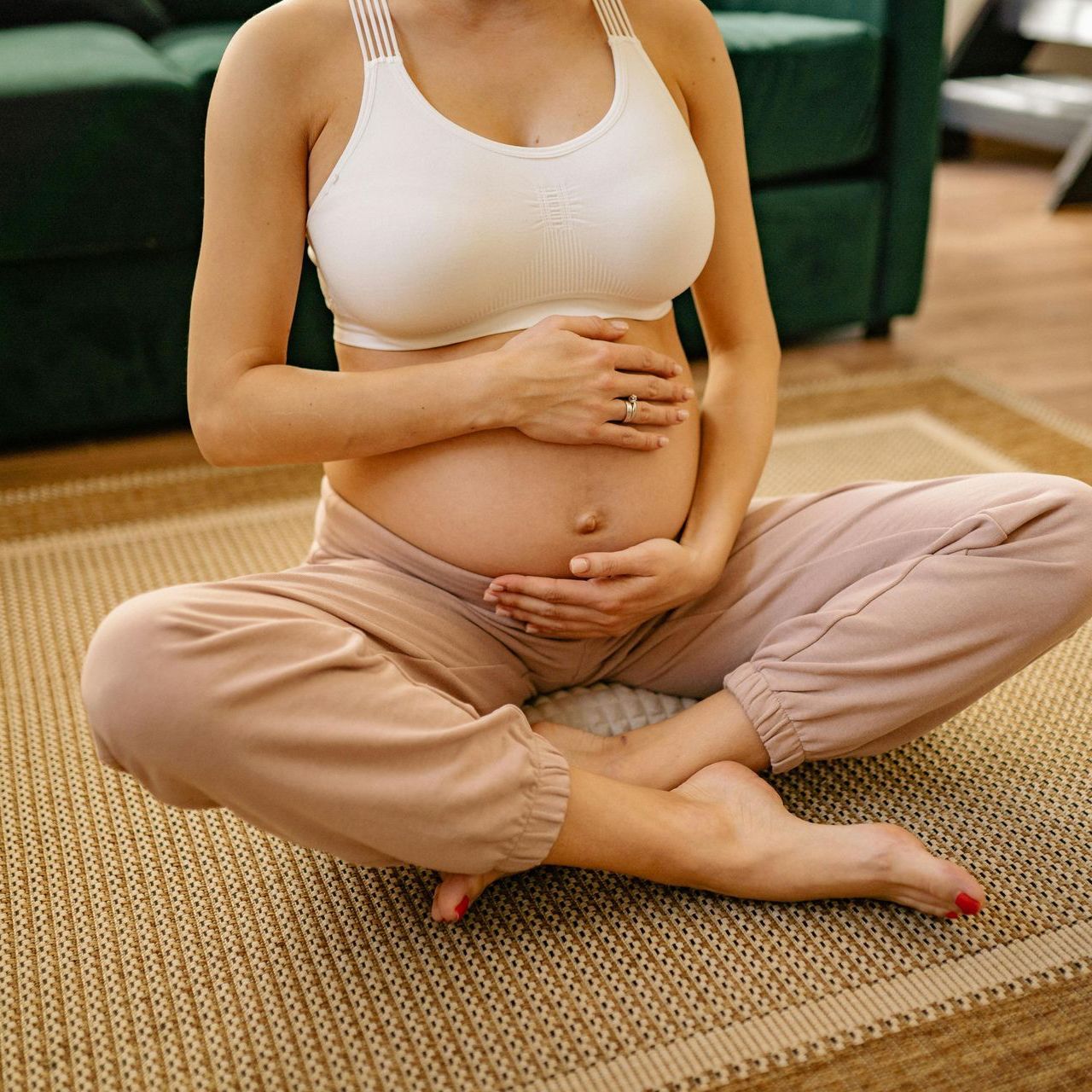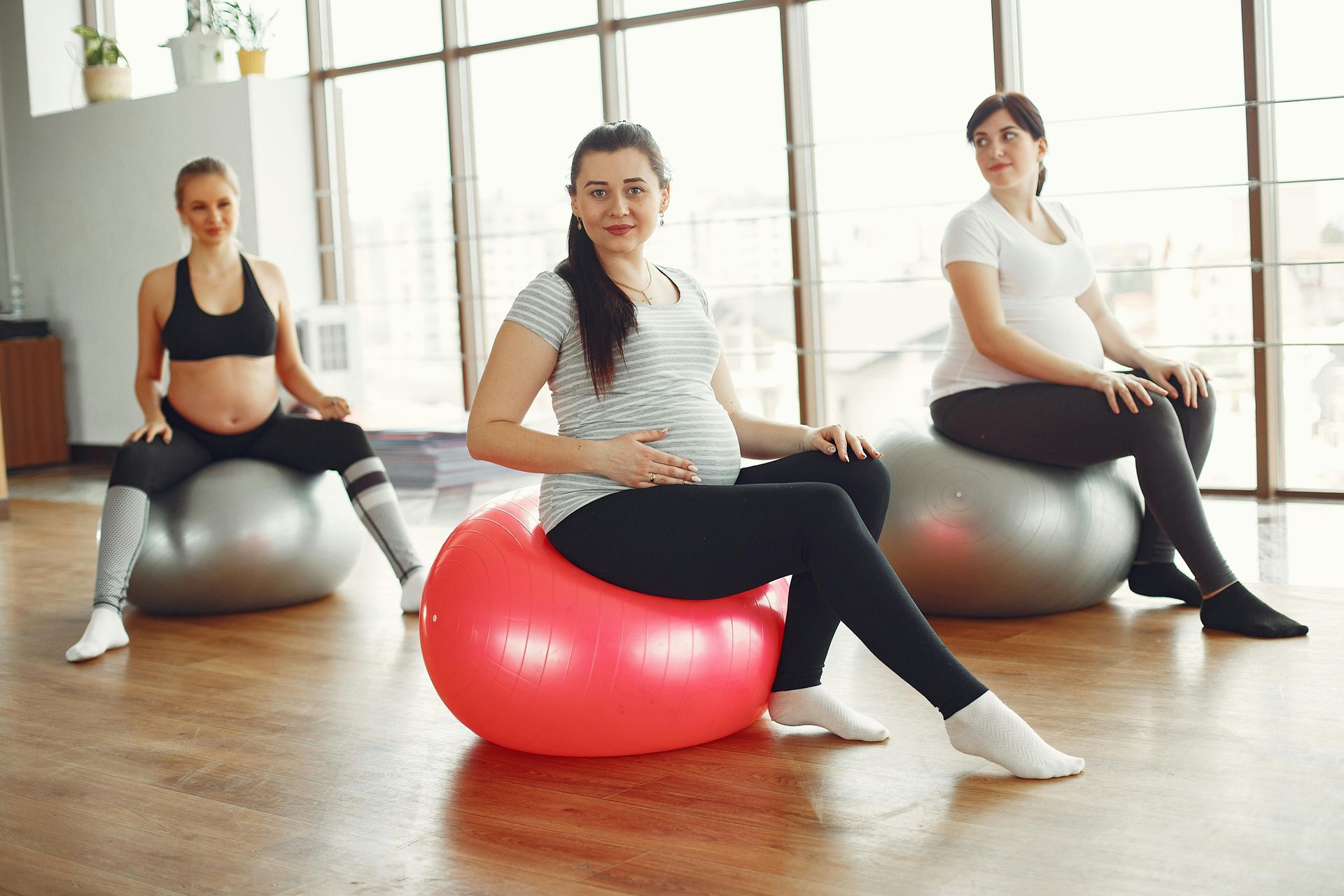Pelvic Floor Dysfunction: What It Is, Why It Matters, and How to Fix It
Pregnancy, birth, and the early years of motherhood can place enormous pressure on the muscles that support your bladder, uterus, and bowel. When those muscles lose coordination or strength, you may experience leaking, heaviness, pain, or a constant urge to “go.” The good news: most pelvic floor problems respond well to targeted exercise and lifestyle tweaks—often without surgery.
What exactly is “pelvic floor dysfunction”?
Your pelvic floor is a sling of muscles and connective tissue stretching from the pubic bone to the tailbone. When that sling becomes 'weak, over-tight, or poorly timed', you can develop:
Symptom = How it shows up
Stress incontinence = Leaking when you cough, sneeze, lift, or laugh
Urgency / frequency = Sudden, strong urge to pee—often many times a day
Pelvic organ prolapse = A feeling of bulging or “something falling out”
Pain with sex or tampon use = Muscles may be too tight or in spasm
Low-back or hip pain = The pelvic floor works with your core and glutes
Up to 1 in 3 postpartum women report at least one of these issues—and many suffer in silence.
Why does it happen?
- Hormonal softening of connective tissue during pregnancy
- Mechanical load of a growing baby (extra 25–35 lb presses down on the pelvic floor)
- Vaginal delivery trauma (tearing, instrument use, prolonged pushing)
- C-section pressure—yes, even surgical births strain the pelvic floor
- Chronic constipation, heavy lifting, high-impact exercise, or long hours on your feet after birth
Evidence-based ways to restore pelvic floor health
1. Pelvic Floor Muscle Training (PFMT)
- Daily Kegel-style contractions, coached for correct technique, can cure or improve urinary incontinence in up to 74 % of women ([Cochrane Library][1]).
- How: Contract for 5 s, fully relax 5 s, 10–15 reps, 3× day. Progress to quick pulses and functional moves (e.g., exhaling during lifts).
2. Breath & Pressure Management
- Learn 360-degree diaphragmatic breathing so you exhale on effort (standing up, lifting the car seat). That prevents intra-abdominal pressure spikes that push down on recovering tissue.
3. Early, graded exercise
- ACOG states pelvic-floor exercises can start “in the immediate postpartum period” and general activity may resume as soon as medically safe ([ACOG][2]). Begin with walking, gentle core activation, and body-weight moves; add load only when you can contract + lift the pelvic floor without bulging.
4. Whole-core rehab
- Train the deep abdominals (transversus abdominis) with pelvic floor engagement—think heel slides, dead bugs, and side planks—instead of crunch marathons.
5. See a Pelvic Floor Physical Therapist
- The American Physical Therapy Association’s guideline on urinary incontinence ranks PFMT, biofeedback, and lifestyle coaching as first-line care ([American Physical Therapy Association][3]). A PT can check muscle activation internally, release over-tight spots, and progress you safely.
6. Lifestyle tweaks
- Ditch “just-in-case” bathroom trips—they train the bladder to be jumpy.
- Treat constipation (fiber + hydration + squatty potty).
- Avoid breath-holding during heavy lifts.
- Use a pessary or support belt temporarily if prolapse symptoms spike.
Red flags—get medical clearance asap
- Sudden worsening prolapse sensation
- Ongoing incontinence beyond 12 weeks postpartum despite exercise
- Pelvic pain that stops you from daily activities or intimacy
- Visible blood in urine or stool
Talk to your OB-GYN or a urogynecologist; imaging or referral to specialist PT may be needed.
How Bump Wellness helps moms in Palm Springs
- Prenatal strength sessions that teach safe breathing and protect the pelvic floor before birth.
- Postnatal core & floor rebuild—private, in-home training tailored to C-section or vaginal recovery timelines.
- Collaboration with local pelvic PTs and OB practices so your rehab plan is 100 % aligned.
- Diastasis recti screening and progressive core programming that complements PFMT.
Ready to move leak-free and feel confident again?
Book your complimentary consultation today and get a custom recovery roadmap.
References
1. Cochrane Review: Conservative interventions for treating urinary incontinence in women (updated 2022) ([Cochrane Library][1])
2. ACOG Committee Opinion No. 804: Physical Activity and Exercise During Pregnancy and the Postpartum Period (2020) ([ACOG][2])
3. ACOG FAQ: Pelvic Support Problems (2023) ([ACOG][4])
4. APTA Clinical Practice Guideline: Conservative Care of Urinary Incontinence in Women (2020) ([American Physical Therapy Association][3])
[1]: https://www.cochranelibrary.com/cdsr/doi/10.1002/14651858.CD012337.pub2/abstract?utm_source=chatgpt.com "Conservative interventions for treating urinary incontinence in women"
[2]: https://www.acog.org/clinical/clinical-guidance/committee-opinion/articles/2020/04/physical-activity-and-exercise-during-pregnancy-and-the-postpartum-period?utm_source=chatgpt.com "Physical Activity and Exercise During Pregnancy and the ... - ACOG"
[3]: https://www.apta.org/patient-care/evidence-based-practice-resources/cpgs/conservative-care-of-urinary-incontinence-in-women?utm_source=chatgpt.com "No. 397 – Conservative Care of Urinary Incontinence in Women"
[4]: https://www.acog.org/womens-health/faqs/pelvic-support-problems?utm_source=chatgpt.com "Pelvic Support Problems - ACOG"










